EASTER DESSERT: Today, it can be found with slight variations practically all over Spain. It is an Easter dessert whose tasting symbolizes that Lent is over.
ORIGIN OF NAME: The name comes from the munna or mouna, an Arabic term that means “provision of the mouth”, a gift that the Muslims gave to their lords. ‘La mona de pascua’ is a dessert of great tradition throughout the Mediterranean.
SPECIALIST: A town that also makes this sweeet product is Alberique, in the province of Valencia, although it can also be found in nearby towns, where it is consumed all year round. However, in most of the Valencian Community its consumption is more restricted to Easter…
ROOTS: Traditionally, the godfather gives ‘La Mona de Pascua’ to his godson on Easter Sunday, after mass. This food is typical of Easter Monday, and the custom of going out into the country to eat it as a family has given the day its name, which for many is ‘mona day’.
TRADITIONS: On Easter Monday, it is traditional for several families or a group of friends to get together and eat the mona together somewhere, with the custom of cracking the mona’s egg on someone else’s forehead. The mona is usually eaten during the snack on Easter days (Holy Week) accompanied by Easter sausage, although it is also possible to accompany it with chocolate. It is traditional to go on an excursion to the countryside to spend the afternoon eating the mona, and to play with some kites. The meal is often a feast in which there is no lack of lamb chops, grilled rabbit, paella and, above all, wine.
BAKERIES: In many towns, bakeries compete to display the most spectacular chocolate sculpture in their windows, which can be a model of a building, a figure of a popular character or a set of cakes with chocolate or nougat figures.
VALENCIA: In the Valencian Community there are several varieties, the one that is consumed throughout the year is known as panquemado, toña or fogaseta. The one that is consumed during the Easter celebrations is a small cake made with the same dough as the panquemado that has one or several eggs (depending on the size) with the painted shell (Easter eggs). These eggs are introduced as a decorative element although they also help to shape the sweet. The forms are very diverse although they are usually that of some animal like a snake, lizard or monkey. Finally, it is covered by coloured anisettes.
Report by 24/7 Valencia team
Article copyright ’24/7 Valencia’
Related Post
This site uses Akismet to reduce spam. Learn how your comment data is processed.


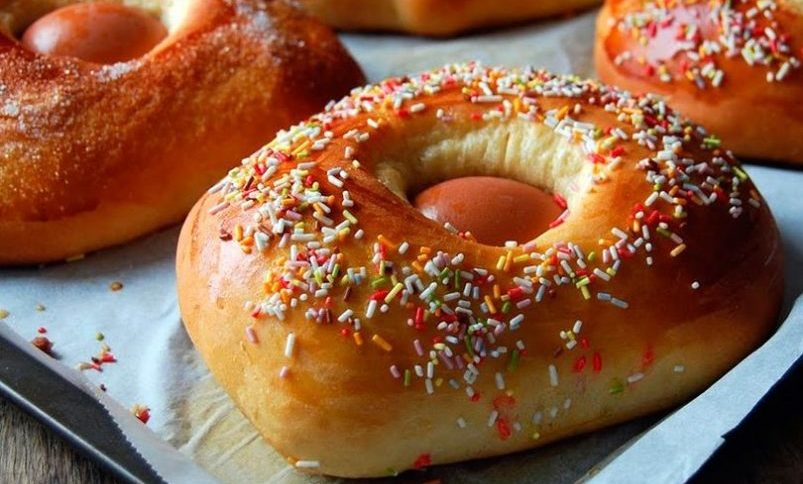
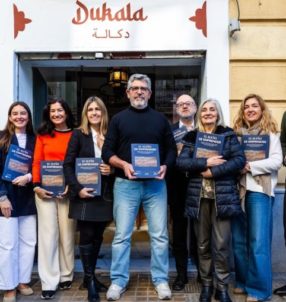
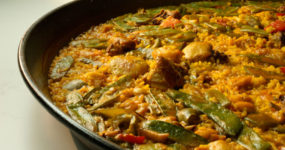
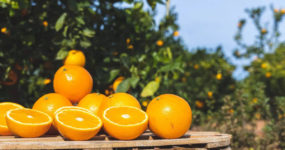
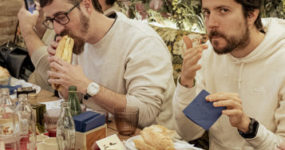
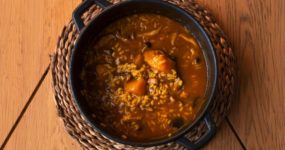

















Leave a comment